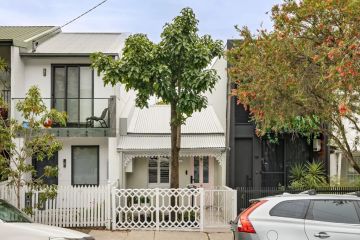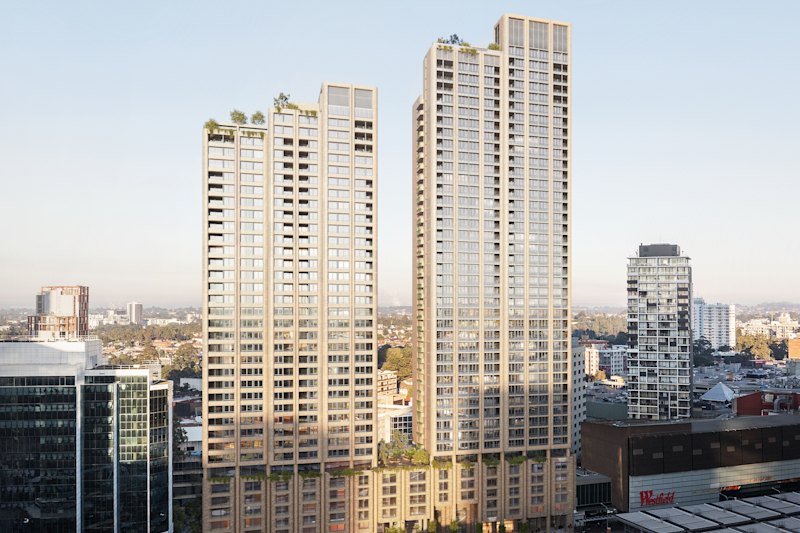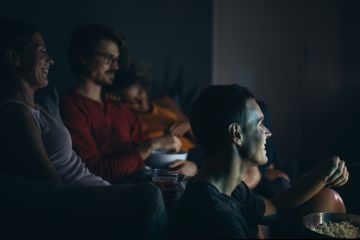'It's not really welcoming': The number one outdoor lighting mistake to avoid
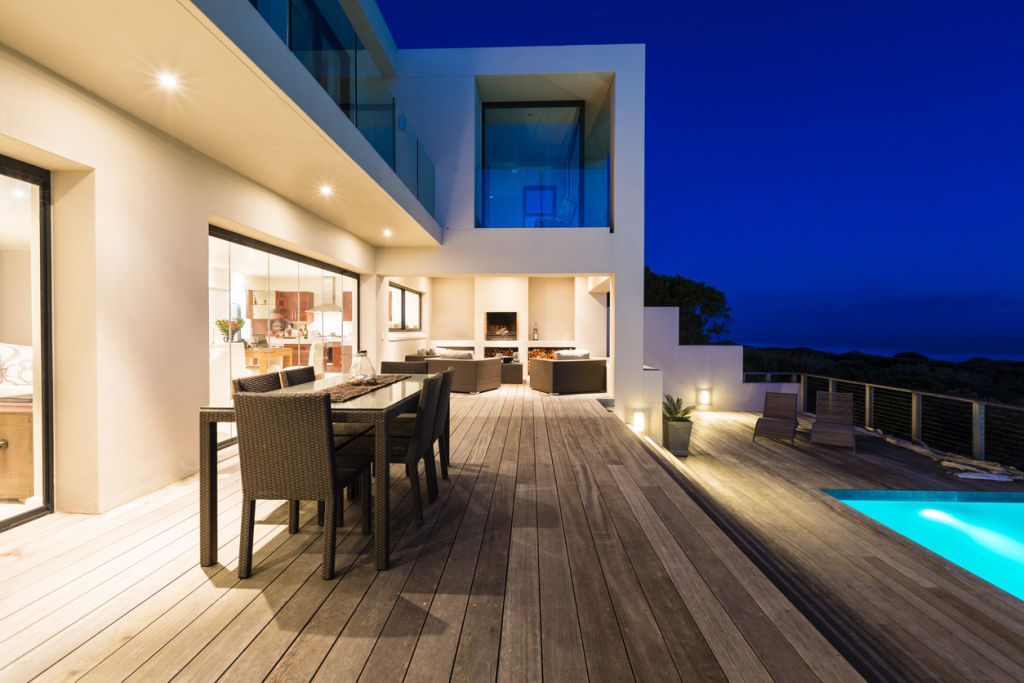
Who wants to be forced indoors when the evenings are balmy, the mozzies have gone to bed and good conversation is still flowing?
Lighting is an often forgotten or underrated element in our outdoor areas, but getting the design right means making the most of what the warm months have to offer.
But coming up with a plan can be a bit daunting. The market is awash with options of every kind and it can be tricky to balance just exactly what you want with what you need. Here are some guidelines to help you get it right.
Landscape designer Dan Rutherford said drama was one of two key points to consider when pulling together an outdoor lighting plan – functionality being the other.
“Just as with interiors, you want to actually be able to do things outside when it’s dark,” Rutherford said.
Using lights to create drama, he said, was something people often forgot they could do, but it could make a world of difference to the feel of a space.

Elements such as a rock wall, large tree or weatherboard exterior were the perfect areas for creating atmosphere through light, he said.
Rutherford advised homeowners to look to mimic the light intensity given off by the full moon because there is such a thing as too much light.
“An over-lit area will increase functionality but decrease the drama aspect,” Rutherford said, “It’s not really welcoming.”
But, he said, with under-lit trees, branches and other textural elements, stronger illumination is sometimes necessary to draw out the form.
Rutherford suggests walking around the garden at night with battery-powered torches and placing them in different spots to determine the best possible place for structural and dramatic effect.
In terms of lighting an outdoor dining area Rutherford says, “people think they need more here than they actually do.”
Spill lighting, or indoor lighting that “spills” outside, is sometimes more than enough for these areas. Alternative sources of light such as a fire, groups of candles or even fairy lights can augment the spill lighting.
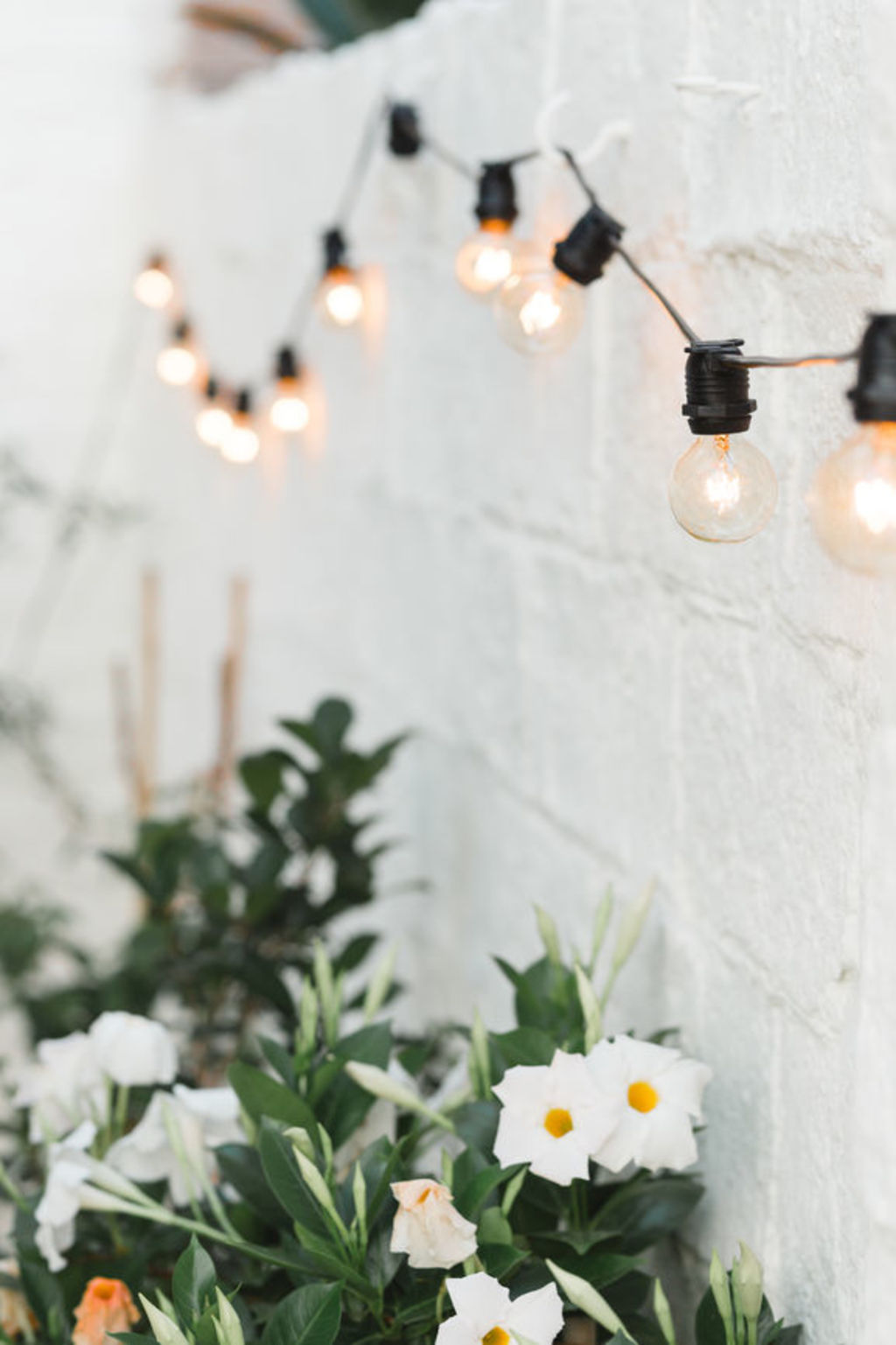
Ensure it does the job
Functionality is an obvious consideration when trying to stretch out those summer evenings – there’s no point having gear that just isn’t up to the job.
Entranceways are one of the main areas to light outdoors, both to make a good first impression and for safety. Rutherford says wall-mounted lights on either side of the door were very effective for both functionality and drama.
Lighting steps was also important, not only to stop guests tripping but also to create shapes and levels in the garden. It was important here not to go for the same bright, flat light you might find in a car parking lot. Downlights set in the rise of the step will give you minimal glare.
Trees, pools, paths and the house itself are all areas that benefit from a little lighting design.
“Well-designed outdoor lighting adds a lot of value to a house,” Rutherford said, “not only is it a good investment for the future, but it means you can enjoy the outdoors all year around.”
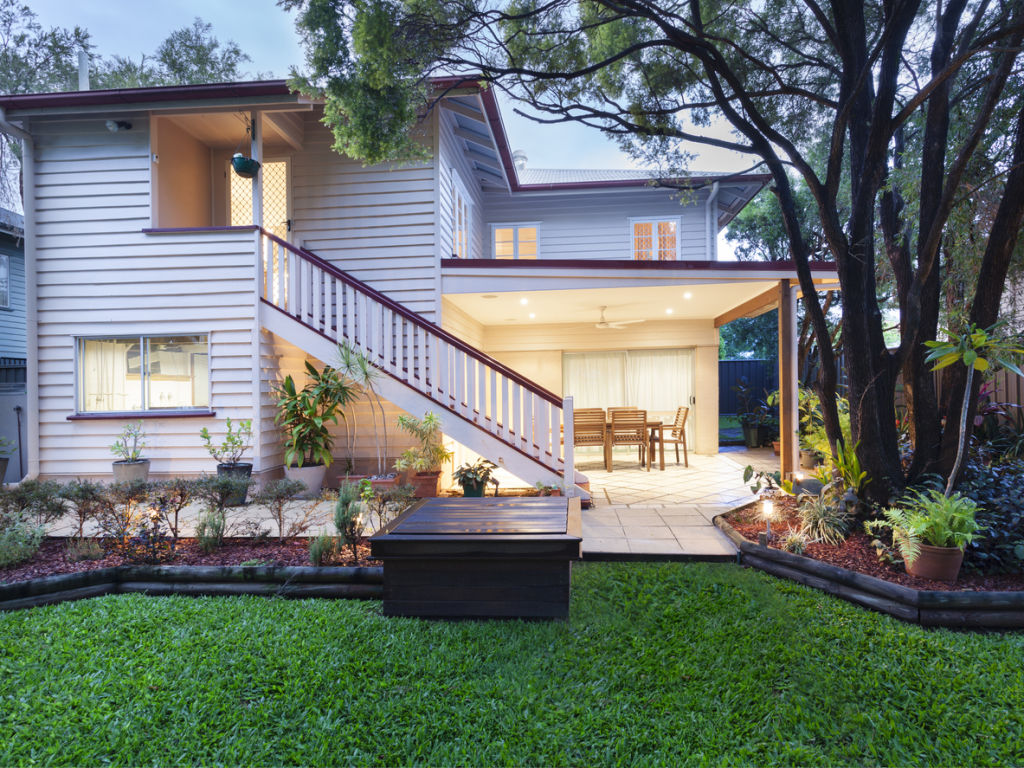
Which light is right?
Incandescent light bulbs are becoming a thing of the past. Solars are a good option for renters if you just want a few specks to lead the way to a door, but you can’t rely on them to go the distance to bedtime. Sure LEDs cost more to buy, but much less to run once out of the box and they offer a diversity the old-fashioned bulbs simply couldn’t.
Some LEDs are smart choices in more ways than one. These days products like the Philips Hue mean we can forget light switches and just use our smart phones instead. The company recently added outdoor options to its indoor range. The pillars and spotlights do double-duty as security lights controlled via an app when you’re not close to home. Simply turn those lights on or off from where you are.
If it’s versatility you’re after, LEDs can help you set any mood whether it’s a romantic evening for two, a casual get-together with friends or a rambunctious gathering of young people you’re expecting. It’s now 100 per cent possible for you to switch up the mood with a simple drag across your phone’s screen. Really, it’s that simple.
And don’t worry if you want a cosy warm light but someone else prefers cool – it’s a one bulb to rule them all situation. Some lights, including the Hue’s outdoor range, offer not just warm and cool white light, but literally any one of the millions of colours on the spectrum – a rosy pink to an eerie green and everywhere in between.
These smart lights will help you address an over-lit situation that Rutherford says we should avoid – adjusting the light intensity is as easy as switching the colour.
- This story originally appeared on stuff.co.nz
We recommend
States
Capital Cities
Capital Cities - Rentals
Popular Areas
Allhomes
More
